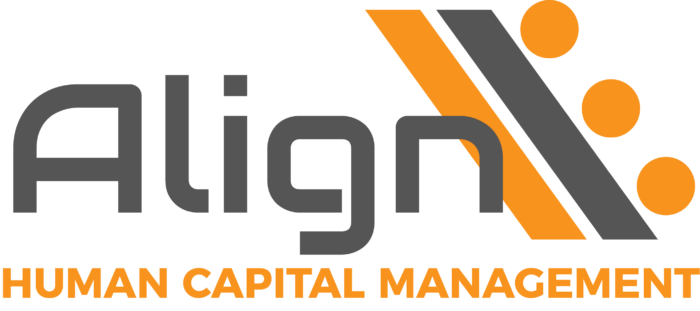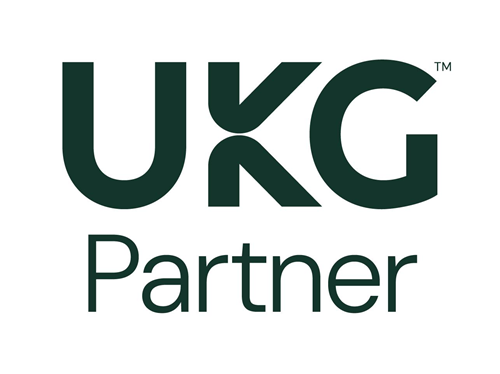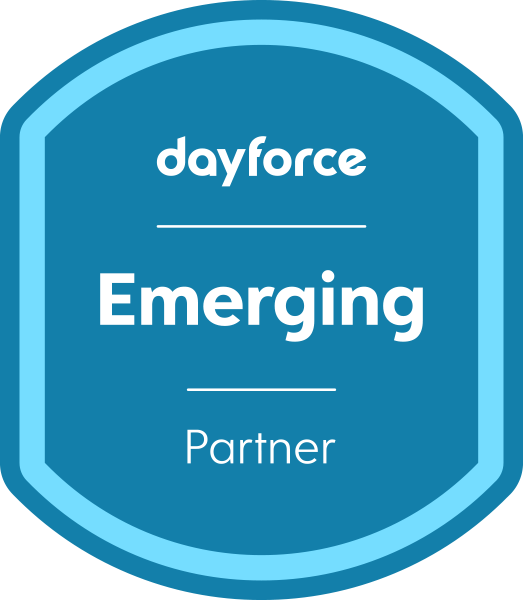Imagine a time in your career when you were passively searching for a job. You came across a position that you were a perfect fit for. You updated your resume and were ready to apply. You went to the company website and started the application process. Five minutes into the process, you stopped because the process was painful. If applying is this hard, why bother?
If you’ve experienced this, you are not alone.
According to CareerBuilder, 60% of job seekers quit in the middle of filling out online job applications because of their length or complexity. Other industry sources say the abandonment rate may be even higher.
This is a problem, because high application abandon rates can drive away top candidates.
If you want to attract top talent, you need an application process that is as polished and professional as the people you want to hire. The easier your application process, the more likely your company will be to attract better quality candidates and talent.
Why The Application Process Matters
A smooth and seamless application process can be the difference between your company receiving applications from a handful of partial-fit candidates or a plethora of qualified candidates.
One outcome of COVID-19 has been the rapid change in the expectations people have for a nearly seamless digital experience. An example of that is the e-commerce journey. Purchasing goods and services is getting smoother and simpler. The experience for repeat customers is curated based on previous purchases and interests. Transactions are easily completed.
People now expect a similarly seamless experience in other online activities — such as applying for jobs.
For the most part, applying for job opportunities is not particularly simple or smooth. In fact, it’s often long, time-consuming, and frustrating. Candidates want something easier. They expect the same ease they experience when purchasing goods.
Improve The Application Process in Six Steps
To improve your application process and give candidates the seamless experience they want, go through the following six steps.
#1) Audit the candidate experience.
Start by looking at your current application process, and conduct an audit to see what is working and not working. What do you want an applicant to experience while applying for a role in your organization?
- Define every touchpoint the applicant will go through, including the connectivity to the company website.
- Ensure the technology you have purchased or implemented matches the process.
- Confirm every piece of information is easily accessible and viewable on mobile and desktops.
- Make sure there are avenues that individuals with disabilities can access so they are included in the talent process.
- Be clear on the recruitment process and ensure that what is communicated is actually followed.
#2) Create realistic job descriptions.
Job descriptions should reflect the critical skills needed for the position. There should be no more than 5-7 descriptors. When they are long, candidates may skip through and abandon the process.
As for qualifications, be clear on what you actually need versus what you want. Avoid stating critical skills that are not in fact critical. Hiring managers sometimes add skills that the previous person had that are not really needed. A large percentage of candidates do not apply if they are missing a critical skill.
Finally, ensure the tone of the job description is aligned with your company culture and employer brand.
#3) Launch a social media strategy.
Improving your application process to attract top talent means going beyond the online application. You also need to design a social media strategy around the job opening.
Share stories and content on platforms that are relevant to employees and customers. Establish a brand voice that is true to your talent marketing brand and value proposition. Hold events that are interactive, and tweet if you are at a conference or fun event.
Also, remember that not all candidates are on traditional platforms like LinkedIn and Indeed. Research where candidates congregate and meet them there.
#4) Incorporate a referral strategy.
Utilize the people in your company network to attract top candidates. Have your talent team participate in networking opportunities (school career fairs, conferences, etc.), and review your referral programs.
Many organizations have a referral program, but don’t utilize it. Some companies either do not update the program to ensure it remains relevant or they fail to adequately market it. Review employee engagement results to determine the degree to which employees recommend the organization. It can be an indication of whether you need to market the referral program or deal with a different issue altogether.
Educate the internal teams on talent needs and if possible, offer opportunities to help them develop networking skills. Employees usually know people in their networks who may be looking for additional opportunities.
#5) Gather feedback from stakeholders.
Tools, processes, and systems are only successful when they are used properly and adopted by stakeholders. Embed feedback loop measurements/metrics to determine if the process is working.
Make it a priority to collect feedback from each person involved in the application process. Communicate with candidates at every stage. Have candidates complete recruitment surveys and communicate results to the team. Solicit feedback from internal and external stakeholders to improve metrics and experience.
#6) Review, adjust, and improve.
Review the feedback and data you collect to identify ways to adjust and improve. Use data to determine if and when you should pivot in a different direction.
- Select measurements that have a business impact.
- Ensure you have systems in place to capture the data.
- Educate and train those who use the systems so the right data is captured consistently and accurately.
- After identifying and capturing data, revalidate that it was the right data needed to add value. If not, be prepared to make changes.
- Share talent team successes as well as areas of improvement that the team is working on.
Improve Your Application Process to Attract Better Talent
The application process is a candidate’s first look at an organization. If the process is messy and complicated, it could turn off potential hires. But, if the process is streamlined, simple, and smooth, it could attract the best possible candidates.
Take time to review and improve your application process to ensure that the best candidates come your way.



 Manage Hiring Needs with This Simple 6-Step Process
Manage Hiring Needs with This Simple 6-Step Process



